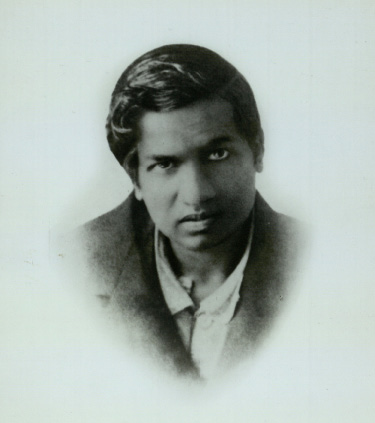JOURNAL OF GENIUS AND EMINENCE, 5 (2) 2023 Article 7 | pages 97- 107
Issue Copyright © 2023 Tinkr
Article Copyright © 2023 Eduardo Mizraji
ISSN: 2334-1149 online
DOI: 10.18536/jge.2023.03.27
Creating order in the mind: Borges’ paradoxical mirror
Eduardo Mizraji
Group of Cognitive Systems Modeling, Biophysics and Systems Biolog y Section, Facultad de Ciencias, Universidad de la República, Uruguay
Abstract
In this essay we propose, based on the ideas of L. Rapkine and J. Monod on the physical reasons for aesthetic appreciation, that the interest of creative scientists in Jorge Luis Borges’ works is produced by an apparently contradictory effect: on the one hand, the serenity that these texts induce in the mind of an innovative person and, on the other, the modification of the cognitive balance that causes the complexity of these texts and that operates as a creative force. We illustrate this idea with the specific case of the story “Blue Tigers”. We show that this text by Borges, in a reader who is sensitive to it, injects information that puts the mind in a state far from the level of cognitive equilibrium. When it comes to solving a scientific problem, the search for new ways to solve the problem is enhanced by this condition in which the cognitive balance is cancelled. That is the condition in which the creation of new ideas seems possible.
Eduardo Mizraji | Group of Cognitive Systems Modeling | Biophysics and Systems Biology Section | Facultad de Ciencias | Universidad de la República | Montevideo, Uruguay
Correspondence: emizraji@gmail.com; mizraj@fcien.edu.uy | ORCID id – 0000-0001-6938-8427
Correspondence address: Iguá 4225, 11400 Montevideo, Uruguay
Note: The author attests that there are no conflicts of interest, that the data reported here are not used in any other publications and there are no infringements on previous copyrights.

